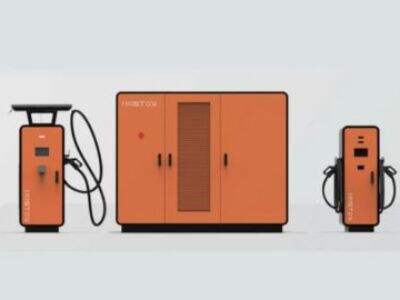There are all sorts of various types of energy that we use on a daily basis to get things to move, such as toys, telephones, automobiles. One of the big sources of energy we utilize is electricity, which can be stored in items such as batteries. But how is that different from, for example, batteries and other types of thermal energy storage? Let's take a closer look at each and see how they work and how they differ.
Battery vs Thermal Energy Storage
Batteries are devices that store electrical power chemically. We can draw on stored power to supply devices such as flashlights, remote controls and electric vehicles. Batteries come in many sizes, shapes and electric potential, from small button to enormous rechargeable ones that can store energy captured from the wind and sun.
Unlike TESS, thermal energy storage systems accumulate energy in the form of heat. These systems gather heat energy when it is plentiful and keep it for future use. Using thermal energy storage, we can warm our buildings — or even drive steam turbines, or even cook food.
Battery VS Thermal Storage:
The main distinguishing feature between batteries and thermal energy storage systems is the way they store and release energy. Batteries store electricity as chemicals, and chemists can design them so that we can extract power from them. Heat energy can be stored to heat a building or generate electricity at a later time using thermal energy storage systems.
Benefits
Their second difference lies in their efficiency. Batteries are prone to leak energy with time, such as through self-discharge and heat loss, which can decrease their efficiency. Thermal energy storage systems, however, can be more efficient because they can hold heat for very long periods with minimal energy loss.
Batteries and emergency auto battery charger also differ in terms of cost. Batteries can be expensive to produce, especially those that involve materials such as lithium-ion. Thermal energy storage can be very cheap, particularly if it is a simple method, such as heating rocks or water.
We must also examine their effect on the environment. If batteries are not disposed of properly, they can be hazardous to the environment since they have harmful chemicals, like lead. Thermal storage energy systems are more environmentally friendly, especially when they are combined with renewable energy sources, like solar or wind energy.
Battery vs Thermal Storage
For flexibility, emergency car charger are better than the thermal energy storage systems. We utilize batteries for many purposes, such as powering small devices and storing renewable energy. Thermal energy storage systems are mainly used in building heating or electricity generation.
In summary, both batteries and thermal storage are good and bad. Batteries are more universal and can be utilized for numerous applications, and thermal energy storage systems could be better in certain situations. Learning about the differences between these forms of energy storage allows us to become wiser managers of energy consumption and storage in our everyday lives.






